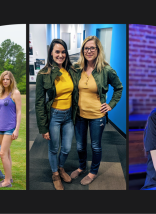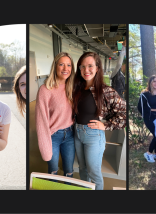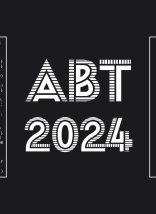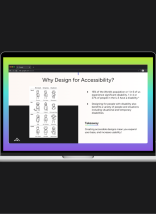As I burst into the morning Internet Summit lobby, with my trusted lawyer at my side the wonderful people at check-in could not find my registration. I had to hold back Dr. Gonzo, but thankfully I was allowed to proceed up the long escalator to find the American Tech Dream.
I entered the grand ballroom and my first thought was, “is this Vegas?” Fortunately for me it wasn’t Vegas and I found a comfortable spot to take notes on the first session. (note to all speakers: I did my best to regurgitate your notes, don’t hold it against me)
Christian Sullivan (@differentwalk) “Creating a World Class Social Media Campaign”.
Here are the highlights:
- Gap’s use of Groupon sold 400,000 coupons worth 11 million
- Moutain Dew’s “Dewmocracy” campaign gained 800,000 Facebook fans
- Sam-e’s Good Mood Gig campaign used contents to generate buzz
- Ford’s new car reveal actually connected fans by driving customers to their site throughout the day of the reveal
- Levi’s created a “Like” store which placed the Facebook “Like” button on all their products, it created more referrals to their site than any other source. It also created trust amongst their consumers because their friends recommended their products.
One of her overall messages was to remember that the consumer is in control, so let them have control because the consumers want to participate in their experience.
Todd Moy @toddmoy : “The Secret World of Usability”
Todd gave a great talk about how usability permeates all function in life and not just applications. He discussed some really key concepts which I will spit out in note format and give some good examples.
The Shaping of Perceptions
- When people are given a gift they immediately think the products they were were working with are more usable.
- As consumers we are strongly encouraged by feedback as you move through the product – we want to take an action and then see what the reward is taking that action. Good example of this turntable.fm – your virtual friends’ avatar’s will head-bob when they dig your tunes.
- “We when we feel good we overlook design faults.” – Norman – This can also apply to how we interact with our significant others!
- The timing of the reward is important, when it is given. Try to make the reward not long after the interaction. I immediately thought of RunKeeper and how they send me an email when I reach a goal or logged my 100th activity.
- Amazon found out that they significantly increased revenue by offering free shipping at $75. People were given an incentive to spend more.
Matthew Munoz @matthewmunoz : Web Design as a Strategic Tool
Matthew gave a great presentation with trying to answer to the question, “How do we make the designer a catalyst?” In this crazy world of scarce attention, how to we dedicate the time an energy to show abstract concepts? The challenges that he put out there were ones we face everyday in this industry. How do you design a visual argument? How do you design a story that breaks down complexity?
Great example here of Dan Roam’s Napkin Design for Health Care reform. The point here was how do you take a 2000 page bill and come up with a way to show visually what is it all about? How do you tell a visual story that breaks down the complexity? How do we create meaning or a process for creating options?
Matthew’s manifesto is as follows – his prescription for solving those confounding problems. Some of my notes are mixed in here as well:
- Use Metaphors
- When you use scenarios things feel less risky
- –missed this one Dr. Gonzo was sabotaging lunch–
- tell stories – Tom’s One for One
- Ask Why 5 times – continue to ask this question until you get to the root meaning of what you are doing
- inspire action with openness, create an architecture of participation, contribution and participation (I thought of crowd sourcing and social media)
- every project is chance to find common ground – he positioned his team as Sherpa.
- break your project into sprints and workshops and have your clients participate
- imperfection breeds participation – get people to be involved even if you work isn’t done
- release early and release often
- design with, and for
- design the system
- everyone is a designer – great point here about how everyone can give you feedback, they just might not be able to move elements on a page, but they can tell you WHY they like or dislike
- build your reputation as a problem solver and opportunity finder and doors will open for you, and yes like Sally Field, people will like you, they really will.
That is all for now, I have to run because Dr. Gonzo is trying to make his way to take over the podium for the key note, heaven help us all. I just hope I can find my turkey sandwich.









